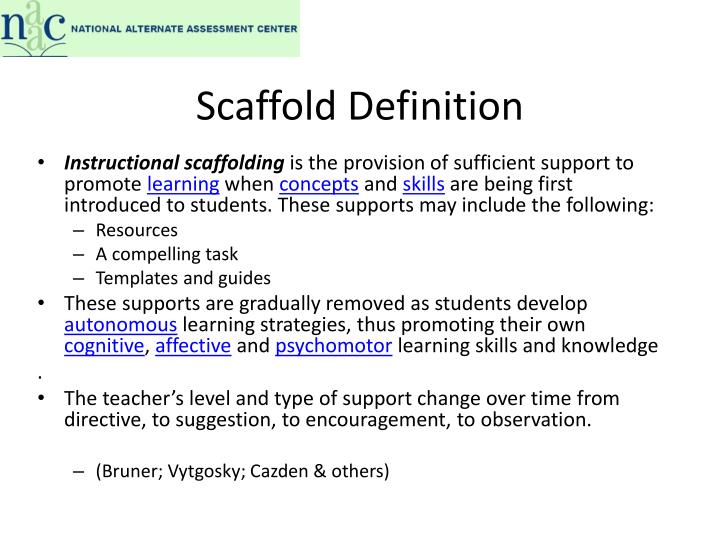
They may prepare for the reading of Act I by providing the definition "to remove" so that students will understand the meaning of "doff" when Juliet speaks from her balcony, "Romeo, doff thy name And for that name, which is no part of thee, Take all myself" (II.ii.45-52).Īnother kind of scaffolding for vocabulary in the science classroom is often accomplished through a review of prefixes, suffixes, base words and their meanings. An example of this scaffolding in English class is the language preparation teachers may do before assigning Romeo and Juliet. Teachers may provide a review of the words that are most likely to give students trouble by using metaphors or graphics. One of the most common scaffolding techniques is to provide the vocabulary for a passage before reading. For example, teaching 10th-grade students in math class to solve linear equations can be broken down into three steps: reducing, combining like terms, and then undoing multiplication using division. Each step of the process can be supported by beginning with simple models or illustrations before moving to more complex linear equations.Īll students can benefit from instructional scaffolding.

Teachers should consider the use of instructional scaffolding when teaching new tasks or strategies with multiple steps. Similarly, the props and supports in instructional scaffolding are taken away once a student is capable of working independently. Once the building can stand on its own, the scaffolding is removed. The origin of the word scaffold comes from Old French eschace meaning "a prop, support," and instructional scaffolding may call to mind the kinds of wooden or steel supports one might see for workmen as they work around a building. One way to support students is through instructional scaffolding.

Not every student learns at the same pace as another student in a class, so teachers from every content area need to get creative in order to meet the needs of all students, some of whom may need just a little support or others who may need much more.


 0 kommentar(er)
0 kommentar(er)
